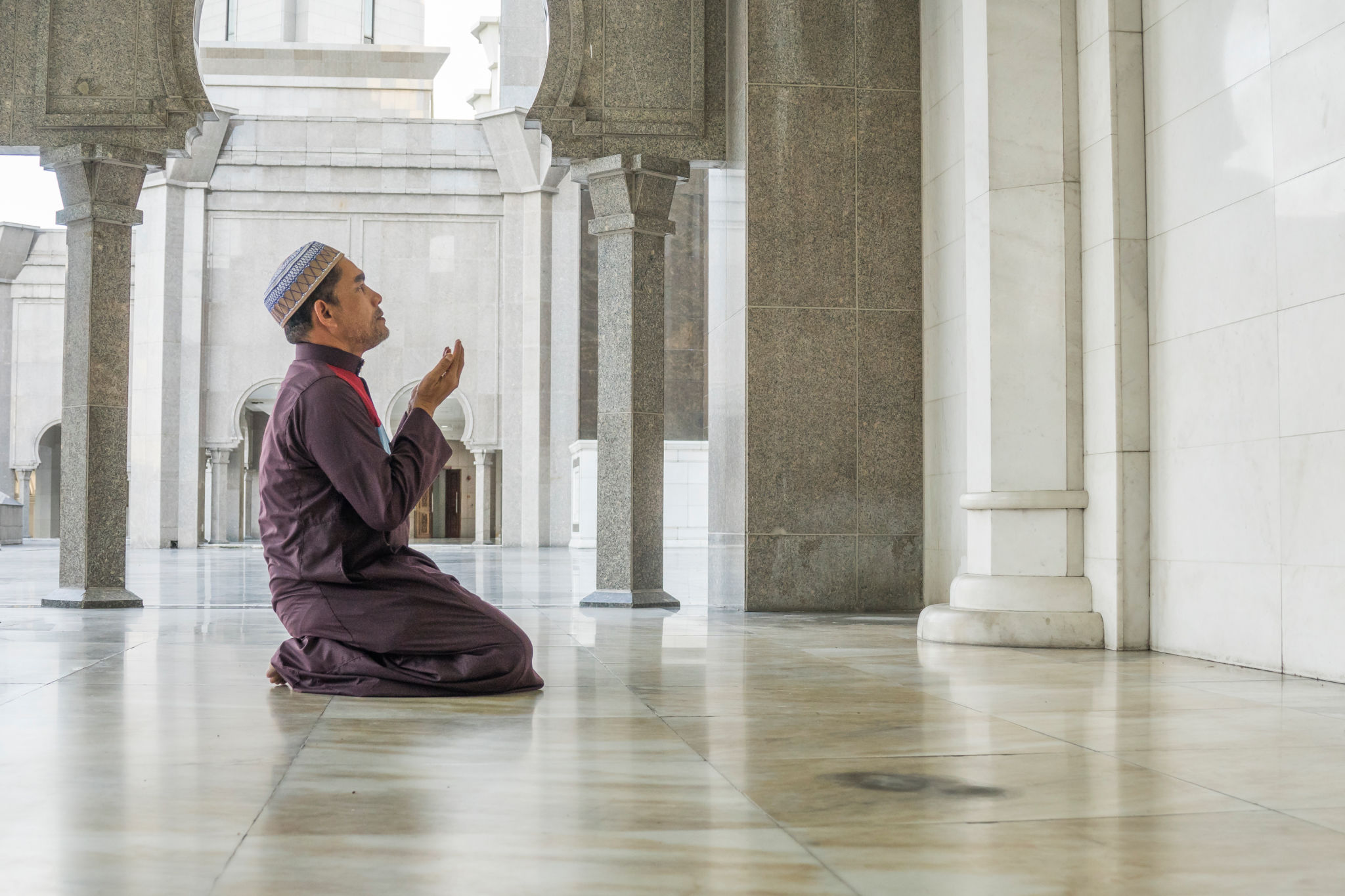Exploring Islamic Architecture: West End Musalla's Design and Significance
Exploring the Beauty of Islamic Architecture
Islamic architecture is renowned for its intricate designs, harmonious structures, and profound symbolism. It reflects a deep cultural and religious heritage that spans centuries. One of the most fascinating examples of this architectural style can be seen in the West End Musalla, a remarkable structure that embodies the essence of Islamic design and spirituality.

The Historical Context of West End Musalla
The West End Musalla is more than just a place of worship; it is a testament to the rich history of Islamic architecture. Built during a period of cultural flourishing, the musalla serves as a beacon of artistic and spiritual expression. Its design incorporates elements that have been passed down through generations, showcasing the evolution of architectural styles within the Islamic world.
Historically, musallas have been outdoor prayer spaces, but the West End Musalla combines this traditional concept with modern architectural innovations. This fusion creates a unique space that honors the past while embracing the present.
Architectural Features of West End Musalla
The West End Musalla is distinguished by its use of geometric patterns and arabesques, which are central to Islamic art and architecture. These intricate designs not only enhance the aesthetic appeal but also symbolize the infinite nature of Allah. The use of calligraphy, often featuring verses from the Quran, further enriches the spiritual ambiance of the space.

Another notable feature is the use of domes and arches. These elements are not only structurally significant but also carry symbolic meanings. The dome represents the vault of heaven, while the arches are seen as gateways to spiritual realms. The harmonious proportions of the musalla contribute to a sense of peace and tranquility, inviting worshippers to connect with the divine.
The Significance of Space and Light
In Islamic architecture, the use of space and light is crucial. The West End Musalla is designed to maximize natural light, creating an ethereal atmosphere that enhances the spiritual experience. Large windows and carefully positioned openings allow sunlight to illuminate the interiors, casting intricate shadows that dance across the walls and floors.
This interplay of light and shadow is not only visually stunning but also metaphorically significant, representing the divine light of knowledge and guidance. The spatial arrangement of the musalla ensures that worshippers feel a sense of community and unity, essential aspects of Islamic practice.

Preservation and Cultural Legacy
Preserving the architectural integrity of the West End Musalla is crucial for maintaining its cultural and historical significance. Efforts have been made to restore and maintain the structure, ensuring that it continues to serve as a place of worship and a symbol of Islamic heritage for future generations.
The musalla also plays a vital role in promoting cultural understanding and appreciation. By opening its doors to visitors and hosting educational events, the West End Musalla fosters dialogue between diverse communities and celebrates the shared human experience.
Conclusion
The West End Musalla stands as a remarkable example of Islamic architecture, offering insights into the artistic and spiritual traditions of the Islamic world. Its design and significance transcend mere aesthetics, providing a space where history, culture, and spirituality converge. As we explore the beauty and meaning behind this architectural gem, we gain a deeper appreciation for the rich tapestry of Islamic heritage.